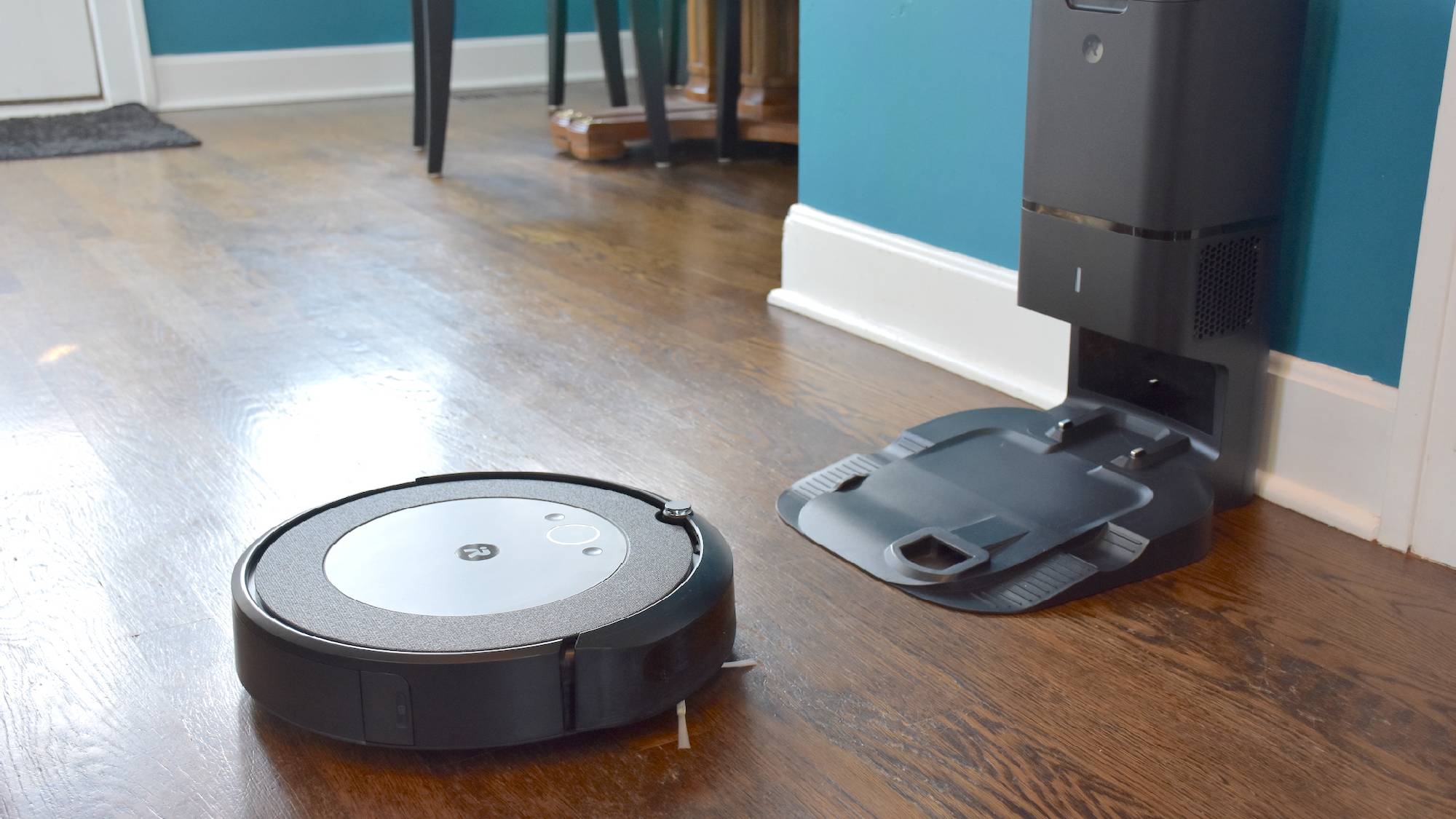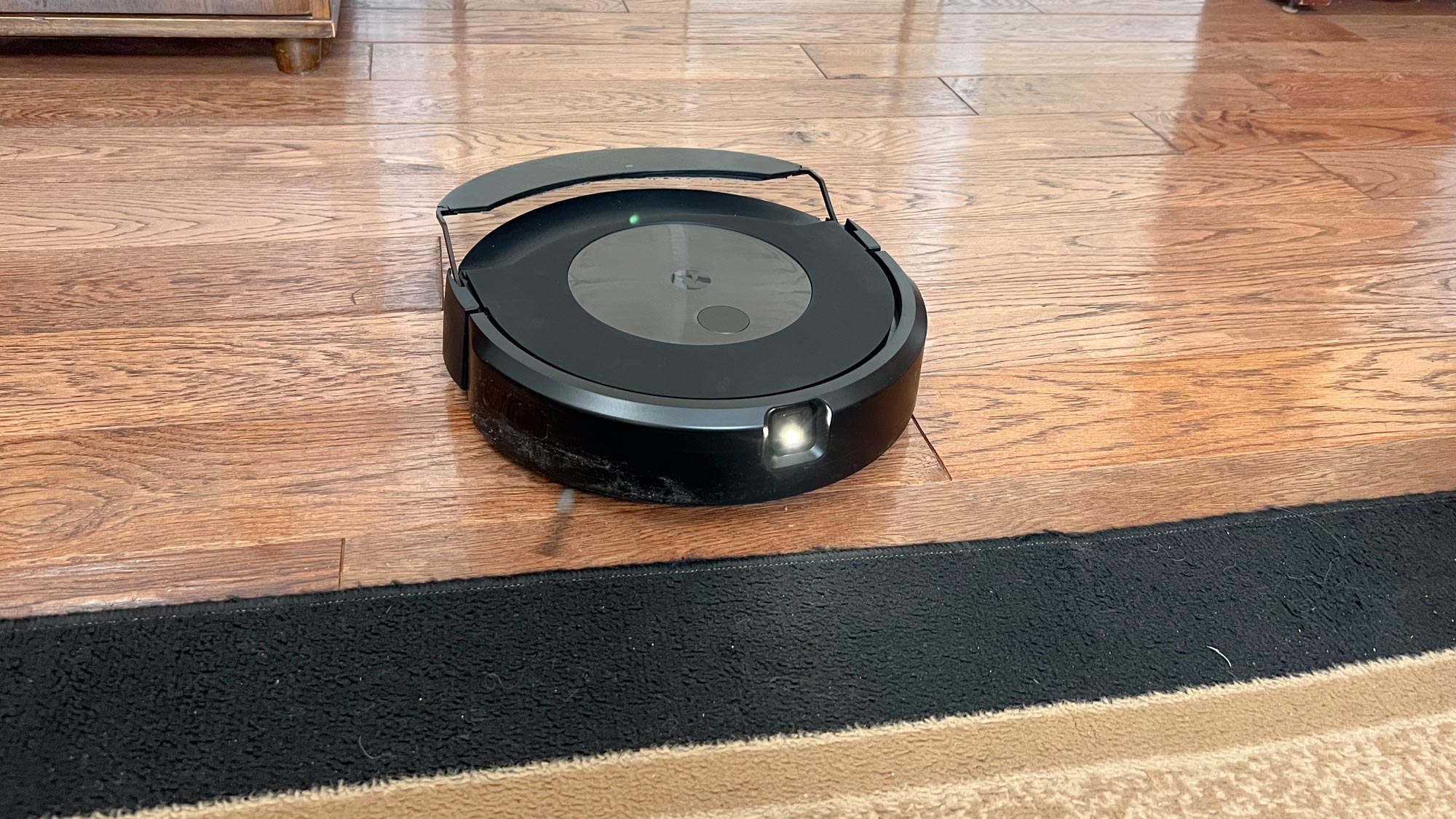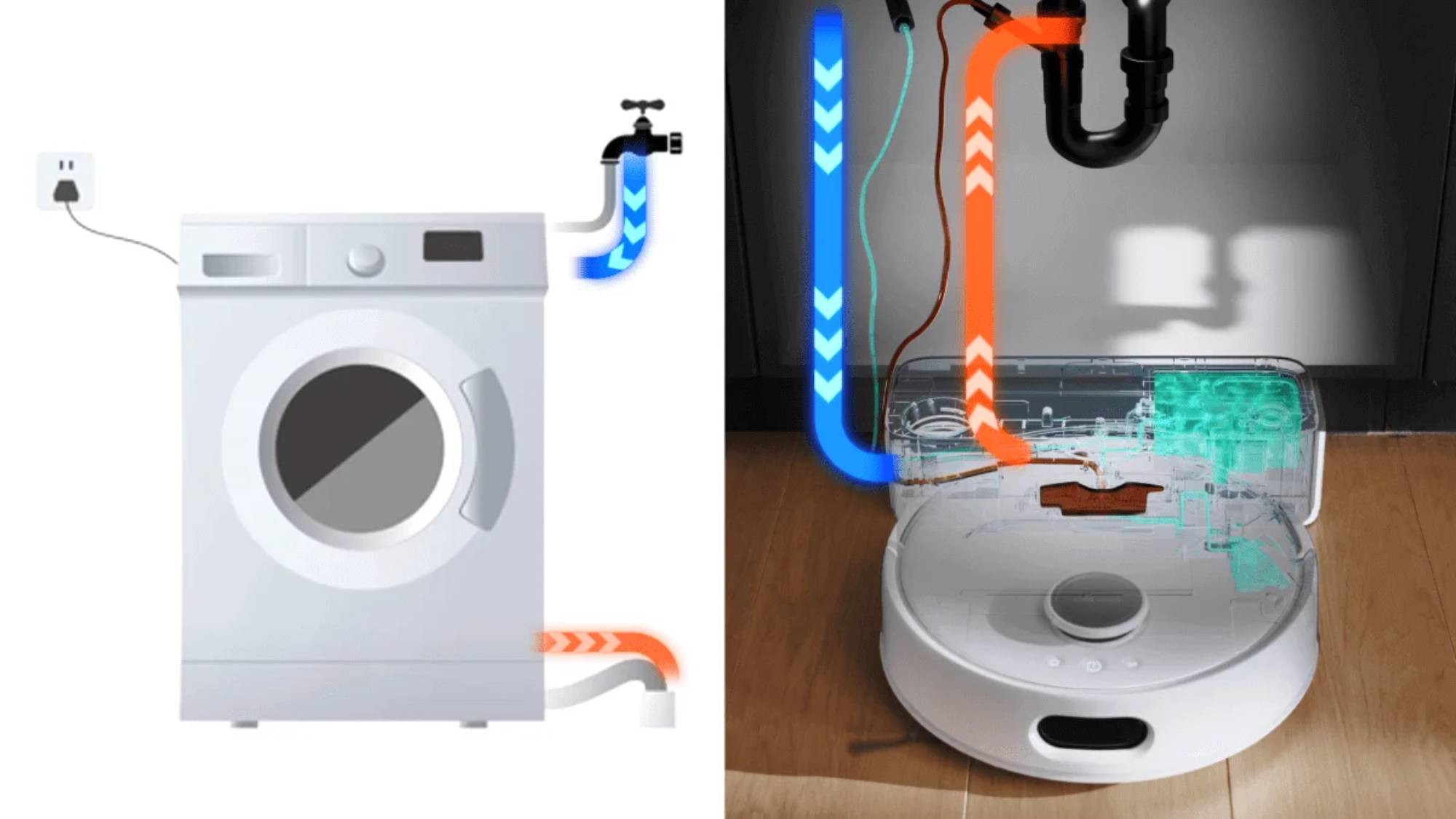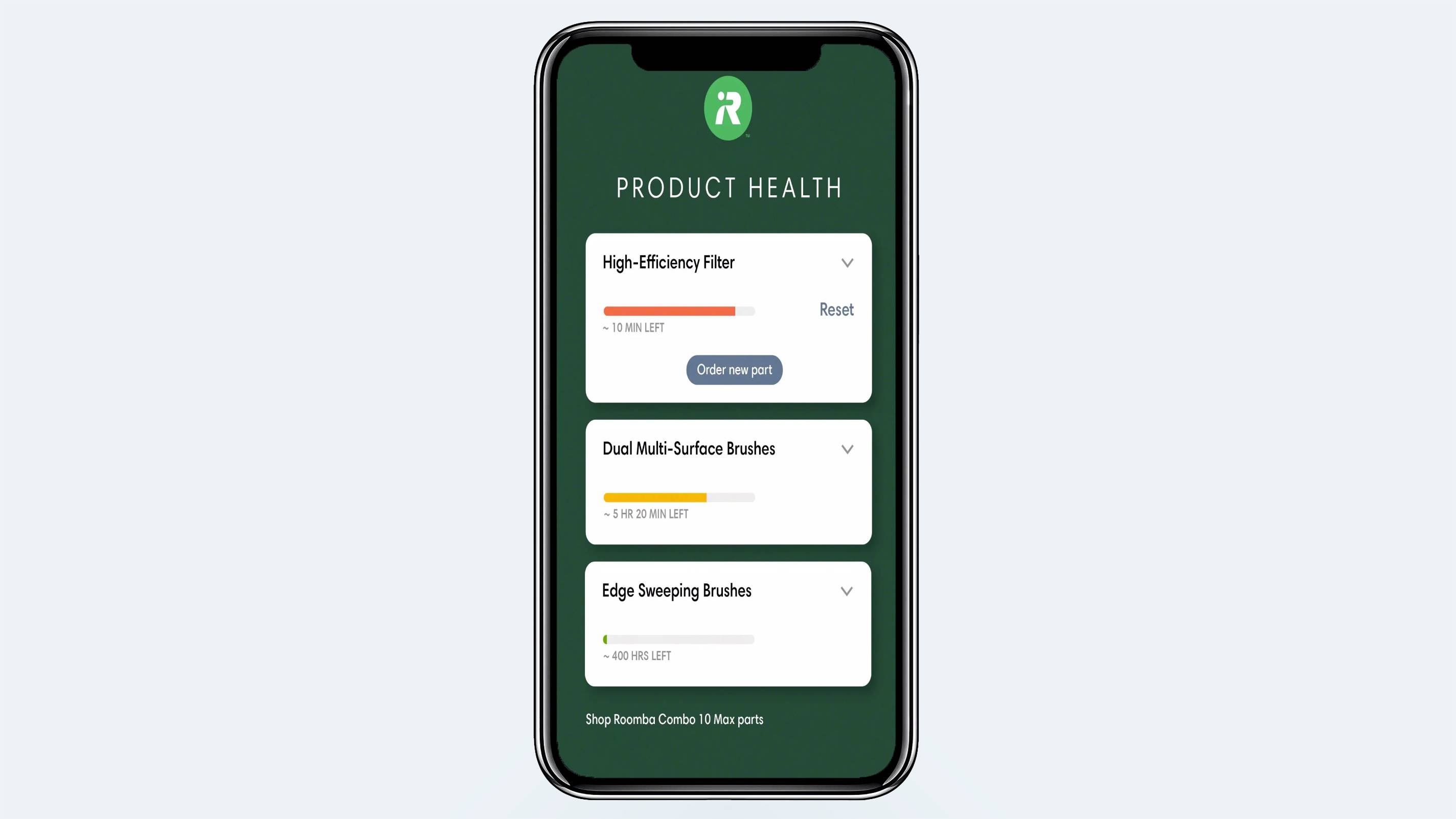
Back at the start of the year, CES 2024 showed off game-changing new capabilities coming to the next generation of the best robot vacuums. While the category has matured gradually over the past 20 years, its features rarely tread new ground. Improved suction power and 2-in-1 models that double as robot mops are great on paper but lack oomph.
Self-emptying and cleaning base stations are arguably the latest and greatest addition to the robot vacuum experience. They demonstrate just how useful these bots are when they can be left to function independently for weeks at a time. However, these still add new chores to your plate, like cleaning out debris bags and replacing water tanks for 2-in-1 robot vacuums.
That's all about to change with a mix of AI advancements that adjust cleaning power to the level of your mess and innovative design changes. Read on to see how these upgrades will save you time, improve cleaning performance and set new standards for the industry moving forward.
Advanced AI

Artificial intelligence will make our robot vacuums work better by making them more contextually aware of the mess within their environment. For example, they can sense stains and adjust their mopping power to apply some real elbow grease to thicker substances like sauce. Over time, deeper learning algorithms can predict which areas need a more thorough cleaning and scrub harder.
This was best demonstrated by Samsung's new Bespoke Jet Bot Combo AI+ at CES 2024. In addition to AI-powered smart mapping and obstacle avoidance, this model seeks out stains. Once it finds one, it returns to its dock to heat the mopping pads with hot enough water to create steam. It can then apply pressure with a 170 RPM spin rate to scrub the problem spot off the face of the earth.
Beyond automatically selecting the most optimal cleaning settings, AI helps robot vacuums "see" more. Refined object recognition powered by this AI and a mix of sensors helps these bots identify and avoid obstacles like cables, socks, toys, and pet poop to clean without making a further mess. This greater level of understanding and on-the-fly adjustments let you go about your day knowing that the job will get done right without any effort from your end.
Self-cleaning mops with direct plumbing hookups

Self-emptying dustbin stations are relatively standard, but hybrid robot vacuum models face a challenge. 2-in-1 designs are forced to deal with wet mops that need cleaning after each job. Even Roomba's flagship J9+ Combo requires you to change out its pad by hand when it finishes its session. Companies on the cutting edge of features like Roborock have added automated mop pad washing and drying functions to their base stations so you just have to swap clean and dirty water tanks.
New 2-in-1 robot vacuums have plumbing hookup kits built into their design to connect directly to your waterline. This eliminates the need to refill and monitor a clean water tank. Plus, if you have a drainage system, you don't need to deal with dirty water collection either. This will get you fully self-sufficient vacuuming and mopping functionality for months at a time since you only need to remove the vacuum debris bag once it's full.
Part health monitoring

Robot vacuums will be able to diagnose issues and monitor part health. You'll receive notifications when it's time to replace individual parts, like a roller brush, and even get a walk-through of the process. This will cut down on time spent troubleshooting and ensure your vacuum functions at peak performance at all times.







